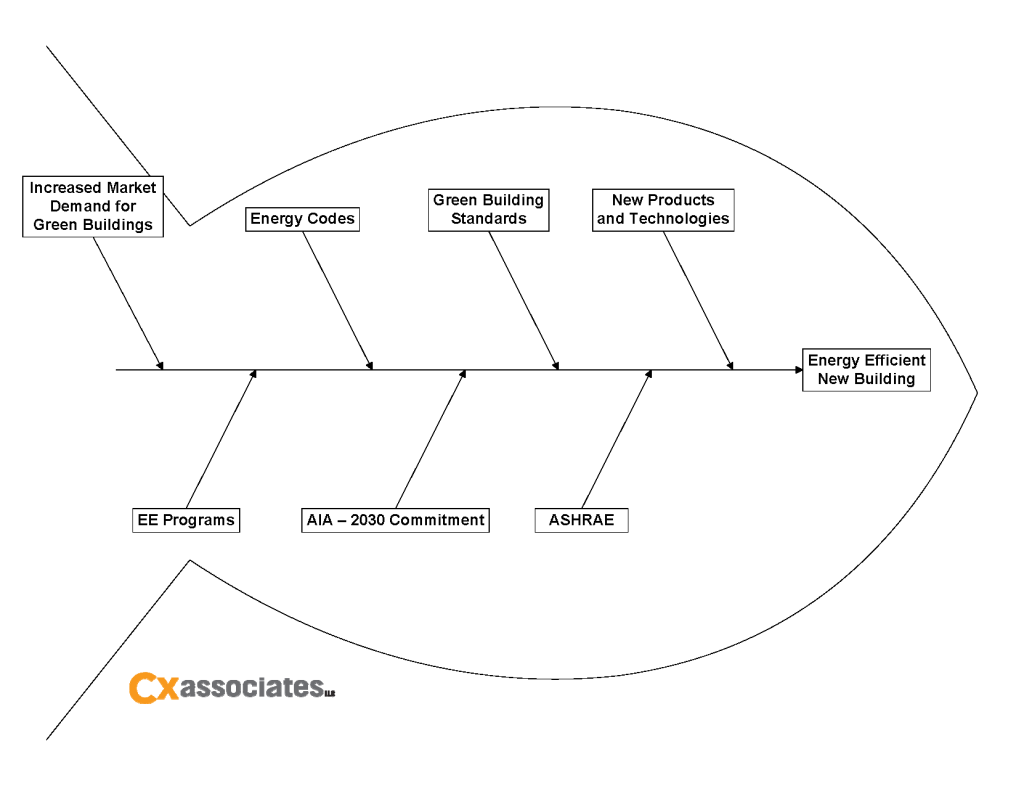As you know, Cx Associates’ work focuses on making buildings perform better for occupants, operators, owners, and for the planet. A common metric we use to assess building performance is the energy use intensity (EUI) which Katie has discussed in her recent blog posts. While attending the recent IEPEC Conference in Denver, I had a discussion with someone familiar with Xcel Energy’s work to be a net zero carbon utility in the relatively near future. We realized that EUI is an insufficient metric for guiding energy program investments at their customer sites. Ultimately, to drive carbon emissions down to a sustainable level that will halt and begin to reverse the climate crisis we are currently in, we need to track energy intensity while also focusing on carbon emissions intensity (CEI) at a building level. Cities and states that have adopted carbon reduction goals will do well to focus on reducing the CEI of their building stock through energy efficiency, fuel switching, and renewable energy generation.
3 min read
A New Metric for 21st Century Buildings: The Carbon Emissions Intensity (CEI)
By Jennifer Chiodo on Sep 25, 2019 10:00:00 AM
Topics: Sustainability Green Building Energy Efficiency Building Performance & Technology renewable Energy Management Existing Building portfolio benchmarking Program Consulting Energy Planning energy monitoring & solutions Energy Audit energy efficiency program M&V
3 min read
Using Market Smarts to Enhance Energy Efficiency Program Evaluation
By Jennifer Chiodo on May 30, 2018 2:30:00 PM
The purpose of energy efficiency programs is to cost effectively generate market demand for energy efficiency that would not be achieved without market intervention. An energy efficiency process evaluation investigates the effectiveness of programmatic interventions through qualitative and quantitative analysis. Marrying the analytical engineering-based approach of impact evaluation with the typically more social science orientation of traditional process evaluation can generate useful, actionable results to help program administrators improve market interventions to increase participation, depth of savings, and market transformation.


